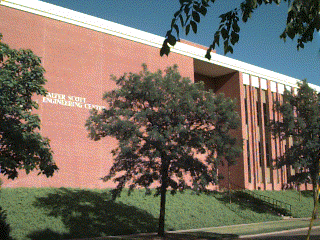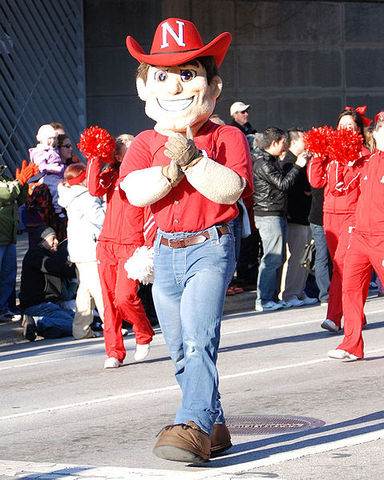Academics
The University of Nebraska-Lincoln opened in 1869 as a land grant university. The public research university is located on 613 acres of land in Lincoln, Nebraska. This university is the largest and oldest university in the state of Nebraska. It is also the flagship campus of the University of Nebraska System. One of the distinguishing characteristics of this university is that it was the 18th member of the Association of American Universities. This distinction took place in 1908 as University of Nebraska Lincoln was recognized nationally as a preeminent regional institution in the United States.
By the year 1973, the university graduated the first class. The university only offered two degrees at the time, but the school was still in its early stages of development. The school remained small for the first 20 years of existence and began to flourish in the late 1800’s. This university became the first school west of the Mississippi to open a graduate school. The university purchased 249 acres of land in 2010 to develop an expansion called the Nebraska Innovation Campus in which to house life science research and agricultural biotechnology. The $800 million expansion is just one of the many development plans for the University of Nebraska-Lincoln.
The university currently has over 150 undergraduate majors, 275 programs of study, 100 graduate programs, and 20 pre-professional programs. The university is accredited by the Higher Learning Commission of the North Central Association of Colleges and Schools. The university has 9 colleges that include College of Arts and Sciences, College of Agriculture, College of Agricultural Sciences and Natural Resources, College of Engineering, Hixson-Lied College of Fine and Performing Arts, College of Journalism and Mass Communications, College of Law, College of Business Administration, and College of Education and Human Sciences.
A few of the departments within the schools include the Department of Anthropology, Department of Animal Science, Department of Community Studies, Department of Interior Design, Department of Political Science, Department of Physics & Astronomy, and Department of Regional Planning. The university offers online undergraduate and graduate programs for students. The university offers associate’s, bachelor’s, master’s, specialist, professional, and doctoral degrees.
The English Department has one of the best digital humanities programs in the world. The university also has 3 Nobel Laureates, including former U.S. Poet Laureate, Ted Kooser. The University of Nebraska Press is the second largest university press in the United States. Projects are underway to create a free online dictionary for the Native American Omaha-Ponca language. The university has also adopted a sustainability program that includes fueling university motor vehicles with biodiesel and gasohol, serving campus meals from sustainable and locally grown produced food and no longer providing trays in the cafeteria.





